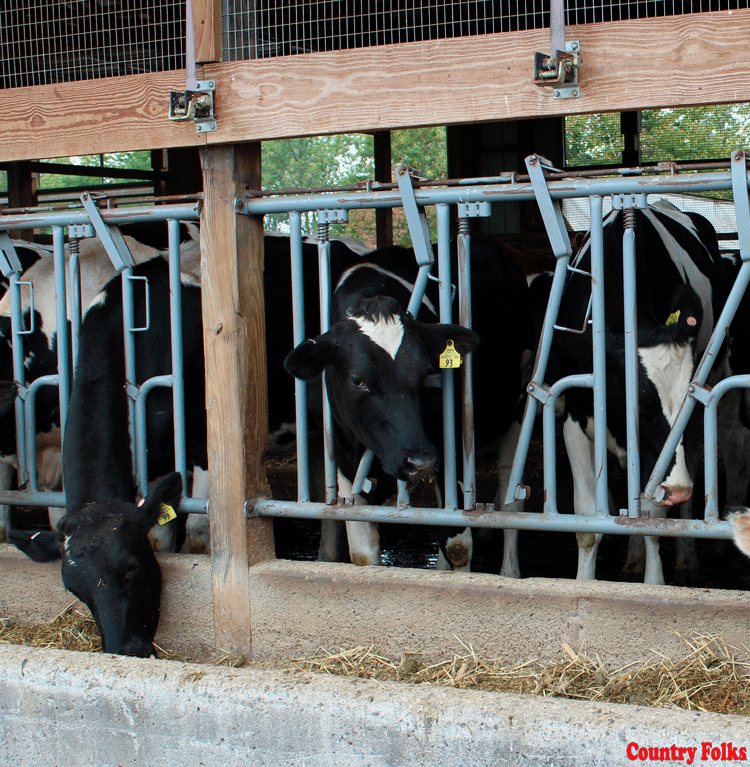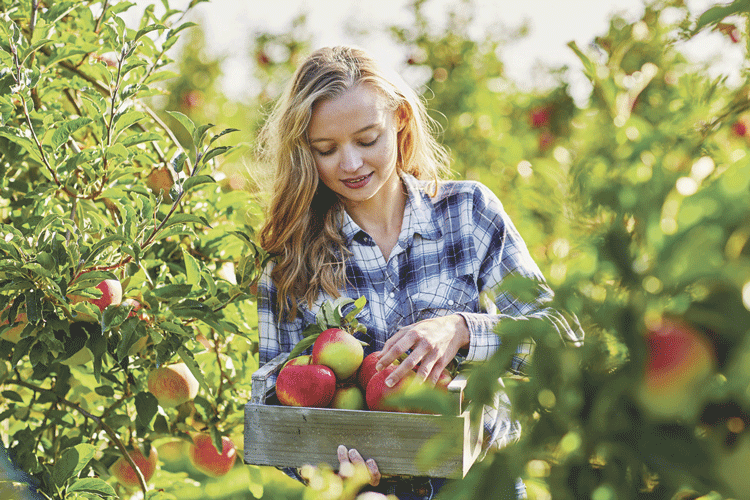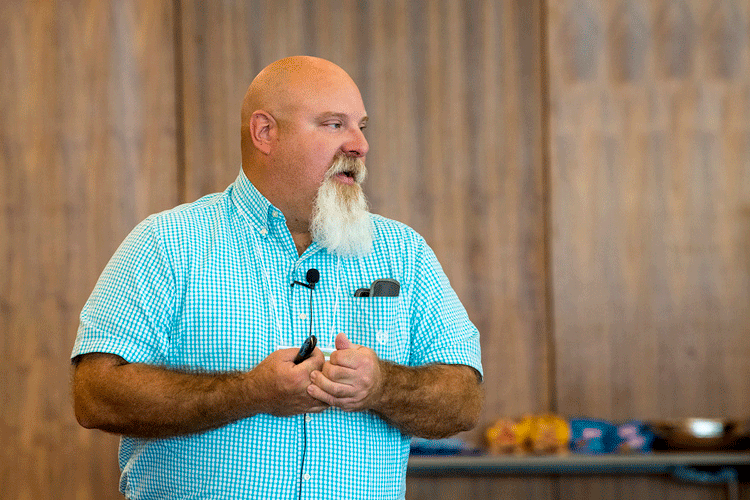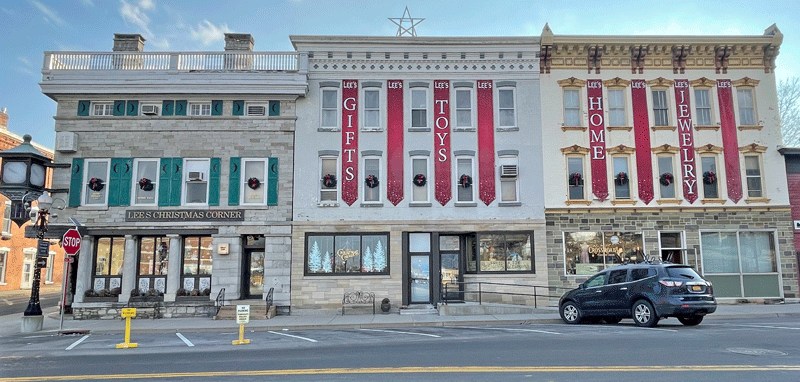 by Karl H. Kazaks
by Karl H. Kazaks
BULL CREEK, NC — Here in the mountains of western North Carolina, near his childhood home, David Freeman raises purebred Angus.
He spent some decades away, working in Northern Virginia as an engineer for Norfolk Southern, building the Angus herd he established in 1965.
The time away provided Freeman with many opportunities. Most importantly, in terms of his career as a cattleman, it gave him the chance to learn from Jim Lingle and Jim Reid of Wye Plantation.
On Maryland’s Eastern Shore, Wye Plantation was owned by Arthur Houghton, Jr. (he was the chief executive of Steuben Glass), from 1937 until 1979, when Houghton gifted the farm to the University of Maryland.
During Houghton’s era, Lingle served as manager of the plantation, overseeing the development of an Angus herd that has come to be recognized for the consistency of its animals and its detailed and lengthy performance records.
With the exception of one period when outside genetics were introduced for a research project, the herd has been closed since 1958.
The plantation has had a spring sale for the past 36 years, with the most recent sale occurring April 5.
When Lingle started to build the Wye herd, domestic breeders were producing compact, small-framed animals. Lingle wanted Angus which muscled easily, had good depth, and were large-framed for the time.
Lingle established his herd by purchasing 18 heifers in 1938. He never thereafter purchased a female. He worked with animals from within the U.S., but he quickly turned to the United Kingdom, where Angus breeders were producing the larger and more muscled animals he was after. He brought in animals from Scotland, England, Wales, and Ireland throughout the 1940s and 1950s.
Freeman was attracted to the work being done by Lingle — and Jim Reid, who worked with the Wye herd for many years — because of an encounter he had with Wye cows while in college, working a job appraising timber.
He and his job supervisor were in South Carolina. Freeman noticed Angus “like I had never seen before,” he recalled. They were females from the Wye herd.
Freeman told the owner of the herd, a physician, that he would come back and buy animals from him some day.
“I just thought they were the most beautiful Black Angus I had ever seen,” he said.
In 1965 Freeman bought two cows from that South Carolina herd. One was 12 years old, the other 13. One of them, Floanet of Wye, #476, lived to be 21, producing 19 calves.
When Freeman moved to Northern Virginia, he spent a lot of time with Lingle. But he spent even more time with Reid, who had gone on to manage Gordonsdale Farm, which is where Freeman kept his herd, which he named Wickwire.
According to Freeman, “Reid was a master stockman — one of the best I’ve known in all these years.”
Over the years Freeman built his herd — using Wye genetics — to over 100 females. He has sold cattle to over 30 states, with a focus on breeding bulls for commercial cattlemen.
Since moving back to Madison County about four years ago, Freeman has dropped his cow herd to about 50. He culls his bull calves hard, selecting about 10 per year to use for breeding. He’ll sell them as yearling bulls, use them for a year and sell them as two year olds, or keep them himself. “I won’t sell bulls I wouldn’t want to use myself,” Freeman said.
One bull Freeman did keep to use in his own herd is now 11 years old. As a yearling it weighed 1,300 pounds, having gained 4.34 pounds per day from seven to 12 months.
To Freeman, line breeding is a good approach to selection, so long as you start with a good foundation and pay attention to pedigree.
“I’ve line bred, lateral bred, inbred, ancestral bred and have not gotten deformities,” he said. “What I get instead is uniformity. I pretty much know what I’m going to get from my calves. Plus I’m really able to test the gene pool.”
Freeman has been able to build a breed within the breed, so to speak, because he has been vigilant about sourcing Wye animals.
In the 1970s, as it became popular to breed even larger framed animals than those in the Wye line, Wye animals lost fashion and were being sold out of herds. Freeman bought many of them to build his Wickwire herd. He also went around buying semen from old Wye bulls. Today he has several thousand ampoules and straws of semen from bulls within the Wye line.
Freeman also has had semen collected from a number of his bulls, typically using North American Breeders in Berryville, VA, for collection. He has never practiced ET with his herd. He does use A.I. along with natural service.
In breeding, Freeman strives to produce deep-bodied cows, “wide enough across the back to get a table on,” he said, with a good top line and full hind quarters. Ultimately, the goal is to maximize production of beef and develop a consistent and uniform herd.
Freeman does prefer to calve his heifers for the first time at 28 to 30 months, not earlier. Waiting the extra months, he believes, allows the animal to be able to calve back easier and be productive longer.
“I’ve sold 15- and 18-year old cows that were still calving,” he said.
One of Lingle’s goals was to develop four-ton producing females, or cows that would wean four tons of calf in their lifetimes. That’s a standard for Freeman, as well.
“It’s nothing I’ve done,” Freeman said, when asked to comment on the success he’s had at building the Wickwire herd. “I’m not trying to reinvent the wheel. I’m very fortunate to have spent several years with both Lingle and Reid. I feel like everyone should make some kind of contribution to his fellow man and country and I feel like I’ve done that with the cattle.”










Leave A Comment